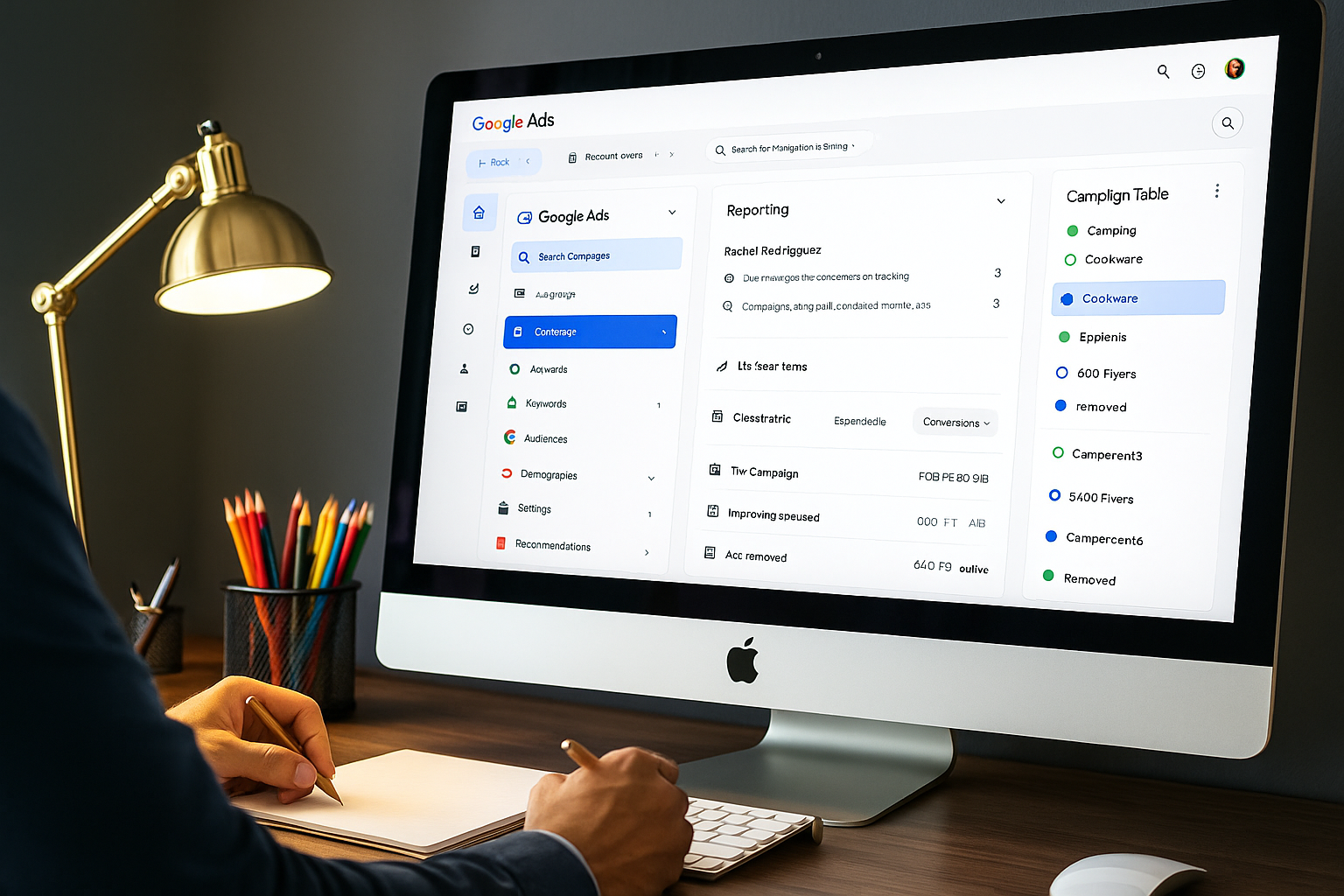Understanding Google Ads Search Term Categories for Responsive Search Ads
Google Ads has introduced search term categories for Responsive Search Ads (RSAs), grouping search queries into thematic categories rather than presenting them as isolated entries. This change offers advertisers clearer insight into user intent and campaign performance by focusing on broader patterns instead of individual search terms. It helps identify trends and optimize ad copy and bidding strategies based on relevant categories.

This update reflects a shift toward greater automation and machine learning integration. By categorizing search terms, Google enables advertisers to detect patterns that might be lost amid numerous unique queries. This simplifies analysis and aligns with the complexity of modern search behavior, where users express intent through varied phrases. As Ginny Marvin from Search Engine Land notes, this feature “can help advertisers better understand the types of searches their ads are showing for,” which is essential for refining campaign strategies.
Role of Search Term Categories in Responsive Search Ads
Grouping search terms into thematic categories allows advertisers to move beyond overwhelming detail and focus on what audiences are truly seeking. This organization provides a clearer perspective for evaluating campaign performance and optimizing ad messaging.
Users often phrase queries in diverse ways, making it difficult to analyze each term separately. Clustering related queries reveals common themes, enabling advertisers to tailor RSAs to the underlying intent. This strategic overview helps marketers spot emerging trends and adjust bids or creative elements accordingly, leading to more efficient budget allocation and improved ad performance.
The move toward categorization also aligns with Google’s broader push to integrate machine learning into campaign management, helping advertisers make sense of large data volumes without getting lost in details.
Unlocking Deeper Insights with Search Term Categories
The Search Term Categories feature groups queries into intent-driven categories and subcategories, revealing patterns previously obscured by the volume and diversity of search terms. Aggregated performance metrics such as conversions, click-through rates, and impressions within these categories provide a strategic lens for campaign evaluation.
This feature surfaces previously hidden search terms masked by privacy restrictions, offering a dynamic snapshot of search intent based on data from the past 56 days. Integration into the RSA asset details view connects search intent with ad performance, especially useful when using Broad Match targeting.
Advertisers can explore categories and subcategories with related metrics to understand which themes drive success and which require adjustment. This insight supports proactive campaign optimization, such as replacing underperforming assets, expanding keyword targets, or reallocating budgets toward high-performing categories.
Frequently Asked Questions About Search Term Categories
How do search term categories differ from traditional search term reports?
Instead of listing individual queries, categories group related search terms by shared themes or user intent. This approach shifts focus from granular data points to broader patterns, making it easier to identify which searches drive engagement and conversions.
How does this feature impact campaign optimization?
Aggregated metrics like clicks, impressions, and conversions within each category simplify evaluation of which themes resonate best. Advertisers can adjust ad copy, budgets, or bids based on these insights to improve performance.
What role does machine learning play in generating these categories?
Google’s algorithms analyze vast search data to cluster terms into meaningful groups, surfacing trends that might otherwise go unnoticed. This automated categorization also protects privacy by aggregating data rather than exposing individual queries.
How does this feature integrate with Responsive Search Ads?
Since RSAs use multiple headlines and descriptions to match user intent dynamically, understanding which search term categories perform best guides the creation and testing of ad assets. This connection improves ad relevance and campaign effectiveness.
Summary
Google Ads’ search term categories for Responsive Search Ads provide a more strategic way to understand user intent and optimize campaign performance. By grouping related queries into meaningful themes and offering aggregated metrics, this feature simplifies data analysis, highlights trends, and supports informed decisions about ad copy, bidding, and budget allocation. Leveraging machine learning while respecting privacy, it helps advertisers create more relevant, targeted ads that better connect with audiences and improve results.
For more details, read the original article by Ginny Marvin on Search Engine Land: https://searchengineland.com/google-ads-rolls-out-search-term-categories-for-rsas-459615













.png)

